6 Activities That Enrich Student Vocabulary
August 6, 2025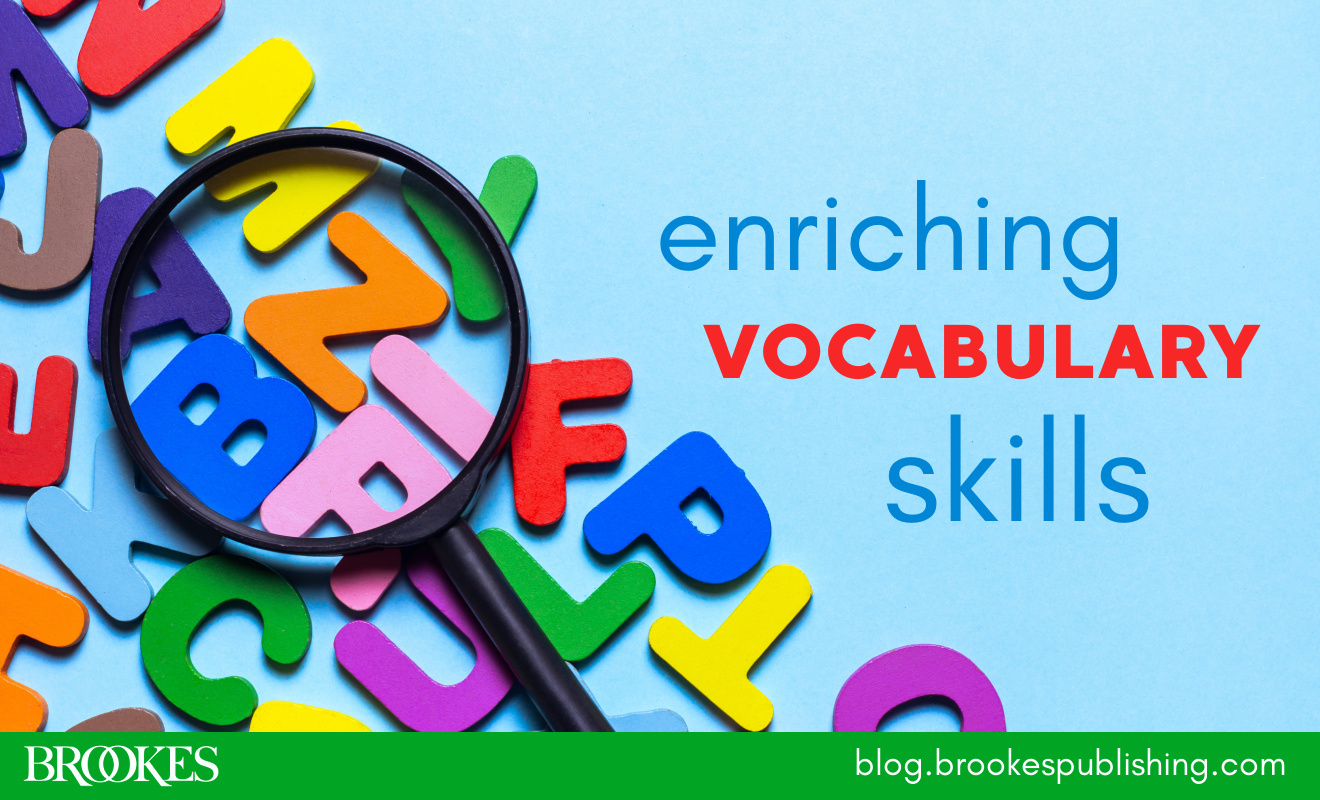
Well-developed vocabulary knowledge sets the stage for your students’ reading comprehension and academic success. With some planning—and activities like the ones in today’s post—you can provide students with direct, explicit instruction that will increase their exposure to new vocabulary and give them lots of opportunities to hear and use the words. Try these fun activities, excerpted from Smartt & Glaser’s popular guidebook Next STEPS in Literacy Instruction, Second Edition.
Talk a Word
Pair students with a partner. Partners should be about equally strong with language skills, or one partner with stronger skills could serve as a model. Say a vocabulary word the students have learned along with a prompt from the content they are studying. Instruct students to share a discussion with their partner using the provided word and topic. Each student must say at least one sentence using the word that responds to the prompt. Ask individual students to share their discussion, again using the target vocabulary word. Repeat the process with another word and prompt—you might use a photo to help stimulate discussion. Be sure to monitor the discussions and praise correct use of the word or provide support and correction when needed.
Vocabulary Word Diary
Provide students with their own individual vocabulary diary. Tell students to write target vocabulary words or phonics words that may be unfamiliar to them in their diaries. Younger students can illustrate their words to show the meanings, and older students can write sentences using the vocabulary words. Provide time to review these diaries often, sharing sentences and asking younger students to describe their illustrations using the target words. (For some variation, work with students to create a morpheme dictionary in which morphemes, their meanings, and sample words using the morphemes are recorded. Create a table of contents with page numbers to help students locate the morphemes in the future.)
Act It Out
Small groups of students have fun acting out a target word’s meaning, and classmates guess the word. Verbs work well with this activity. Post the words in the room for students to reference when guessing.
Display Words
Create a bulletin board or exclusive place on a wall to post vocabulary words. Refer to the words often when talking with students. Ask students to use the words as a reference when writing and speaking. Continue to add new words as they are taught. Remove words once students are using them regularly, demonstrating that they own the words. Display these words in another location, indicating, “We Know and Use These Words!” Reward the students for using these words during the school day. Students can write their name on a sticky note and place it on the words they use.
(For a variation in this activity, reserve a place on the display board for Academic Words. As academic words are introduced and taught, add them to the Academic Words group as permanent references for the class.)
Match Word
Display two lists of words that students are learning in two columns. The students must think of something that a word from the first list has in common with a word in the second list. When they think of a match, they can come to the front of the room, draw a line to connect the two words they are thinking about, and say what the words have in common.
Explaining the connections is perhaps even more valuable than making the connections. During the explanation, students verbalize the higher-level thinking that leads to increased levels of oral language ability. (Note that younger students will require support. Teachers may need to connect two words and ask, “How do these words go together?”)
Word Bee—Learning How to Define Words
Learning to create definitions is a developmental process. Start by modeling and using a template.
Small groups of students can work together to define a target word and present definitions to classmates. Give students a definition template, such as the following:
A [noun] is a ____ that ____ .
To [verb] is a way of ____ that _____.
Start with known words to help students get the hang of it. Over time, include new words as they learn them.
Vocabulary Support for English Learners
Keep in mind that some students who are raised in homes where English is spoken may still be considered ELs because they have had limited exposure to the language. Reflect on these additional ideas to support their vocabulary knowledge:
- Provide additional support before and after school. Make time to have conversations with children and model the use of new vocabulary words. When students have difficulty finding the words to express themselves, provide scaffolded supports, like sentence frames or modeling.
- Preteach essential vocabulary and background knowledge. Prepare students ahead of time for lessons with unfamiliar words and contexts. Make connections to their prior knowledge and home language as possible.
- Emphasize meaning rather than pronunciation.
- Use pantomime, pictures, and graphic organizers to help students organize and remember materials.
- Apply flexible grouping and smaller group sizes in response to students’ varying language levels.
- Keep in mind that social language does not correlate with academic success. Make sure all students are exposed to academic language—the language of schools. Many of these words have multiple meanings as well.
- Students learn from each other too, so include students with varied language proficiencies in groups together, especially when monitoring discussions.
Include these and other activities regularly as engaging companions to your vocabulary instruction. Through both direct methods like these and important indirect methods like oral reading, your students will increase their vocabulary knowledge and strengthen their reading comprehension.

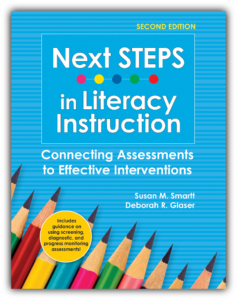
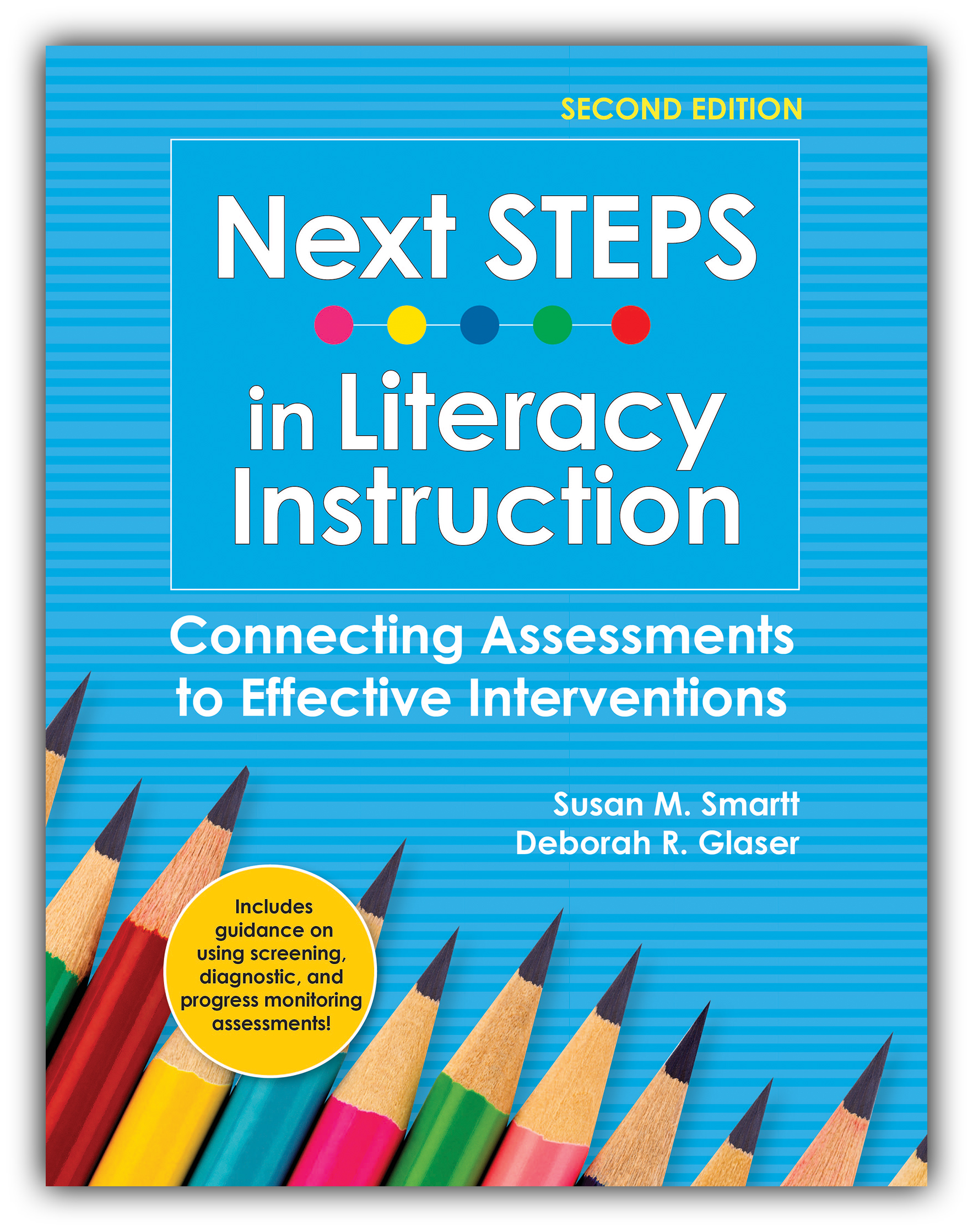

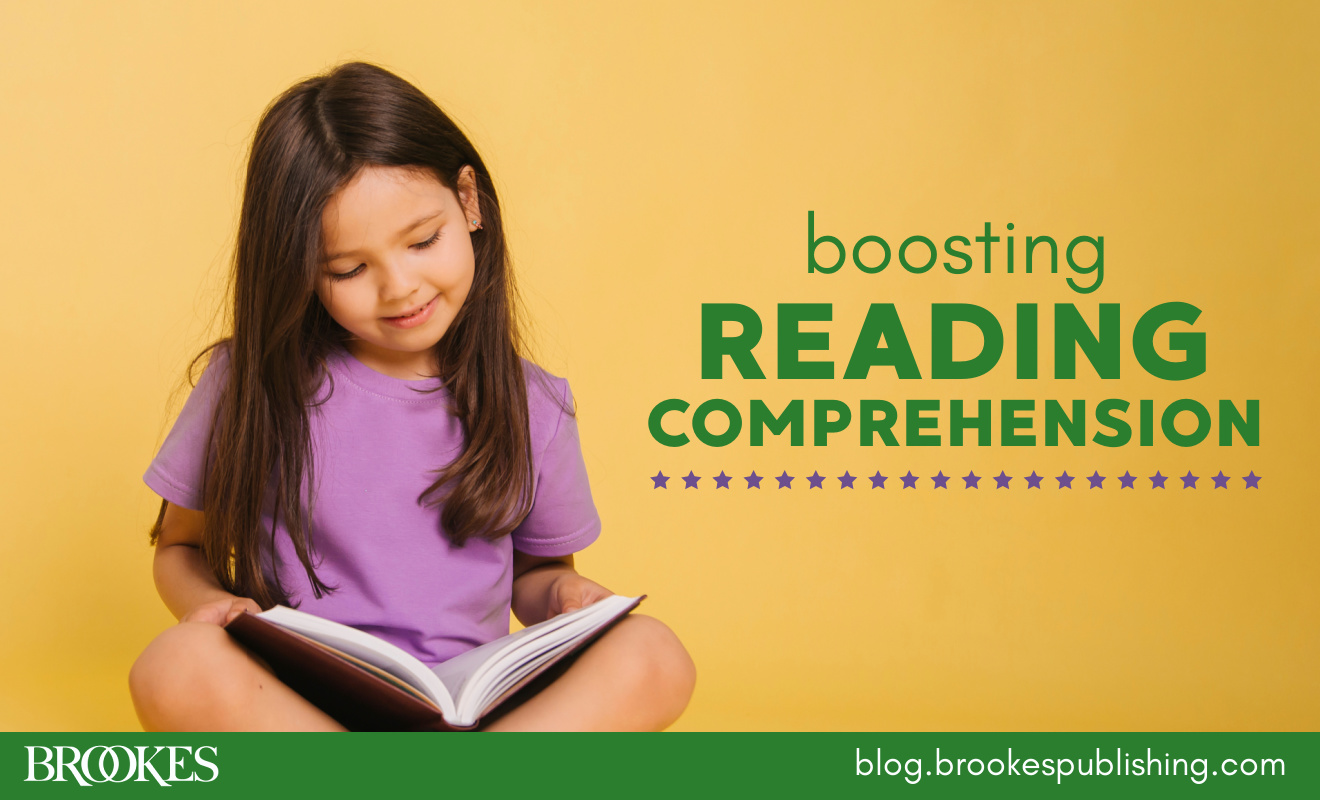
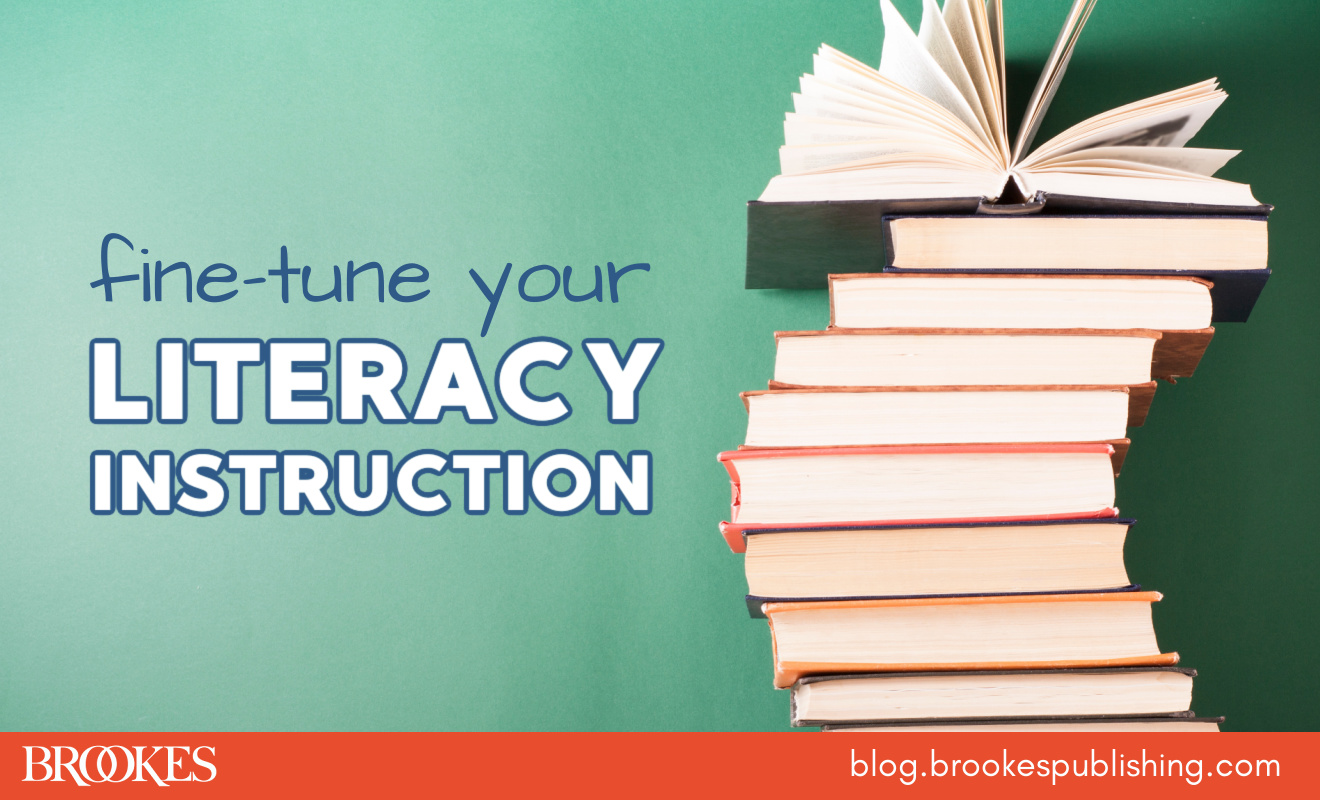
Write a Comment
Your email address will not be published. Required fields are marked *
Post a Comment